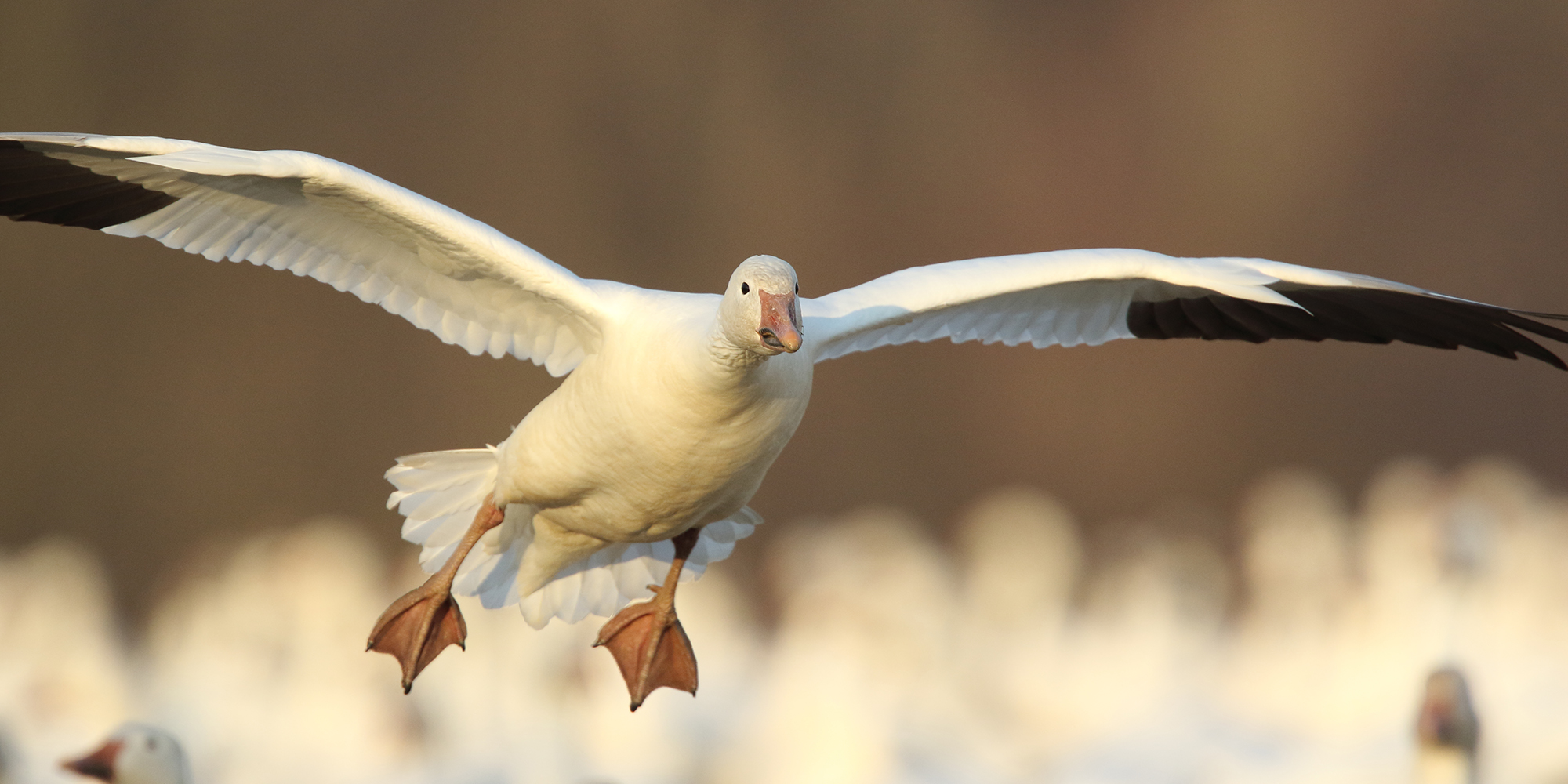
The Pennsylvania Game Commission’s presence at Middle Creek began in 1929 with the addition of 1700-acre State Game Lands 46. By the 1960s Eastern Pennsylvania waterfowl hunters, who had been traveling to Western Pennsylvania to hunt, sought a waterfowl stopover in the eastern part of the state. In 1963 federal and state funding was used to develop Middle Creek Wildlife Management Area, and by 1973 Middle Creek was complete.
Today, Middle Creek Wildlife Management Area—located on the border of Lancaster and Lebanon Counties—is a valuable Atlantic Flyway stopover site for many species of migrating waterfowl and other birds. Middle Creek encompasses 6,254 acres, including a 360-acre lake and over 30 ponds and wetlands. It also contains a 756-acre wildlife propagation area that is closed to the public during critical nesting seasons.
Visitors travel here year-round to view wildlife including deer, waterfowl, songbirds, raptors, owls, and butterflies. But the most popular time of year to visit is February through March, when people from across the globe make the annual trek during peak snow goose migration.
Snow geese breed in the arctic and subarctic regions of North America during spring and summer. Nests are built on islands in lakes and rivers, usually within five miles of the coast. During migration, snow geese fly both by day and night and often travel in large flocks of 1,000 birds or more, heading due south from the breeding grounds to a wintering site at roughly the same longitude. Generally, snow geese migrate along the coast in the fall, winter in coastal salt marshes, and migrate inland as they return north in the spring.
Numbering as few as 2,000 individuals in the early 1900s, snow goose populations today are estimated between 10 to 20 million birds. Snow geese first began to arrive at Middle Creek in large numbers in the 1990s. Since then, the greatest amount of snow geese observed was in 2017, peaking at 200,000 birds. Hundreds of thousands of snow geese continue to be observed at Middle Creek annually.